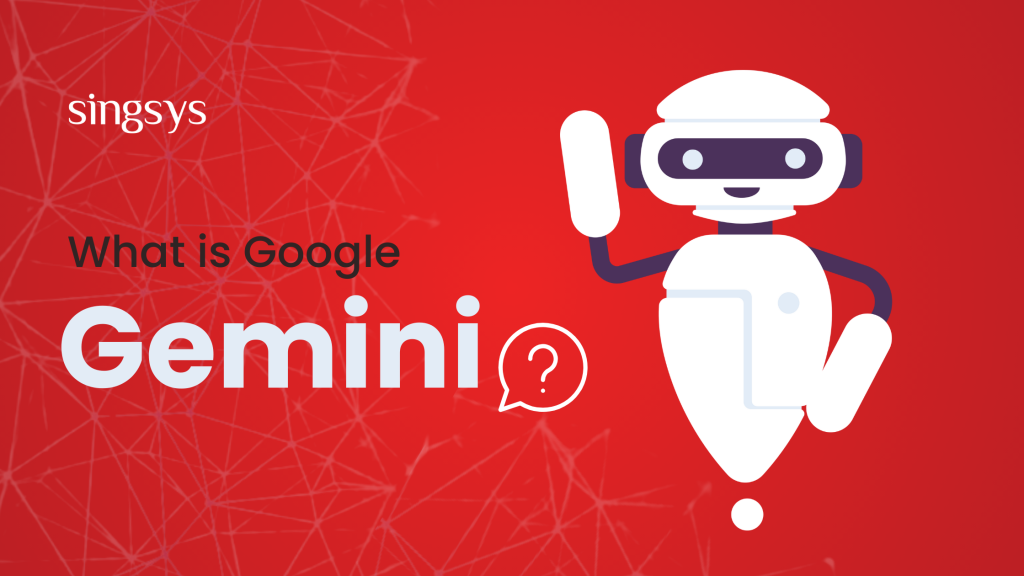AI’s Greatest Moments: Celebrating Artificial Intelligence Appreciation Day
Discover the most remarkable achievements in artificial intelligence as we honor AI’s Greatest Moments on Artificial Intelligence Appreciation Day.
Google continues to push boundaries with its latest innovation – Google Gemini. Representing a groundbreaking advancement, Gemini isn’t just another AI model; it’s a multifaceted, multimodal entity designed to revolutionise how we approach coding and comprehend diverse forms of data.

At its core, Google Gemini represents an AI model capable of comprehending, explaining, and generating high-quality code across the world’s most prevalent programming languages. From Python to Java, C++, and Go, Gemini goes beyond language barriers, leveraging its profound ability to navigate complexity, making it a leading foundation model for coding worldwide.
Gemini Ultra, the pinnacle version, sets new standards in various coding benchmarks, showcasing exceptional performance in assessments like HumanEval and Natural2Code. This remarkable performance isn’t merely a result of web-based data; it thrives on author-generated sources, indicating a comprehensive understanding and adaptability in handling diverse coding challenges.
Furthermore, Google hasn’t limited Gemini’s potential to code generation alone. Through AlphaCode and its successor, AlphaCode 2, powered by specialised versions of Gemini, the platform excels in competitive programming, transcending conventional coding realms to tackle complex mathematical and theoretical computer science problems.
The development of Gemini 1.0 was no small feat. Google harnessed its AI-optimised infrastructure, leveraging the prowess of Tensor Processing Units (TPUs) v4 and v5e. This strategic utilisation facilitated unparalleled training capabilities and ensured enhanced reliability, scalability, and efficiency in serving users.
TPUs, the powerhouse behind Google’s AI-driven products like Search, YouTube, and Gmail, have been pivotal in innovation and cost-efficient large-scale AI model training. With the unveiling of Cloud TPU v5p, the most dominant and efficient TPU system to date, Gemini’s development receives an acceleration, allowing for faster training of large-scale generative AI models, ultimately enabling quicker product releases and enhanced capabilities for end-users.
Google’s approach to Gemini’s deployment showcases a flexible model catering to various platforms:
In a landscape filled with remarkable AI models, Gemini’s standout feature lies in its native multimodal capabilities. Where other models require integrations or plugins to attain multimodality, Gemini understands and operates across text, code, audio, image, and video.
Google’s Gemini represents a paradigm shift in AI evolution, fusing advanced coding capabilities with innate multimodal prowess. Its ability to navigate complexities across various domains positions it as a frontrunner in empowering developers, enabling faster app releases, and fostering the creation of superior services. As Gemini progresses, it promises to reshape our approach to AI, coding, and data comprehension, setting new standards in artificial intelligence.
Jul 16th, 2024
Discover the most remarkable achievements in artificial intelligence as we honor AI’s Greatest Moments on Artificial Intelligence Appreciation Day.
Jul 11th, 2024
Discover the best methods for adding your blogs to your GitHub profile. Enhance your visibility and engage more followers. Click for detailed guide.
Jun 25th, 2024
Over the years, educational technology has undergone a significant transformation. From traditional classroom settings to the advent of online learning platforms, the landscape of education continues to evolve. One of […]